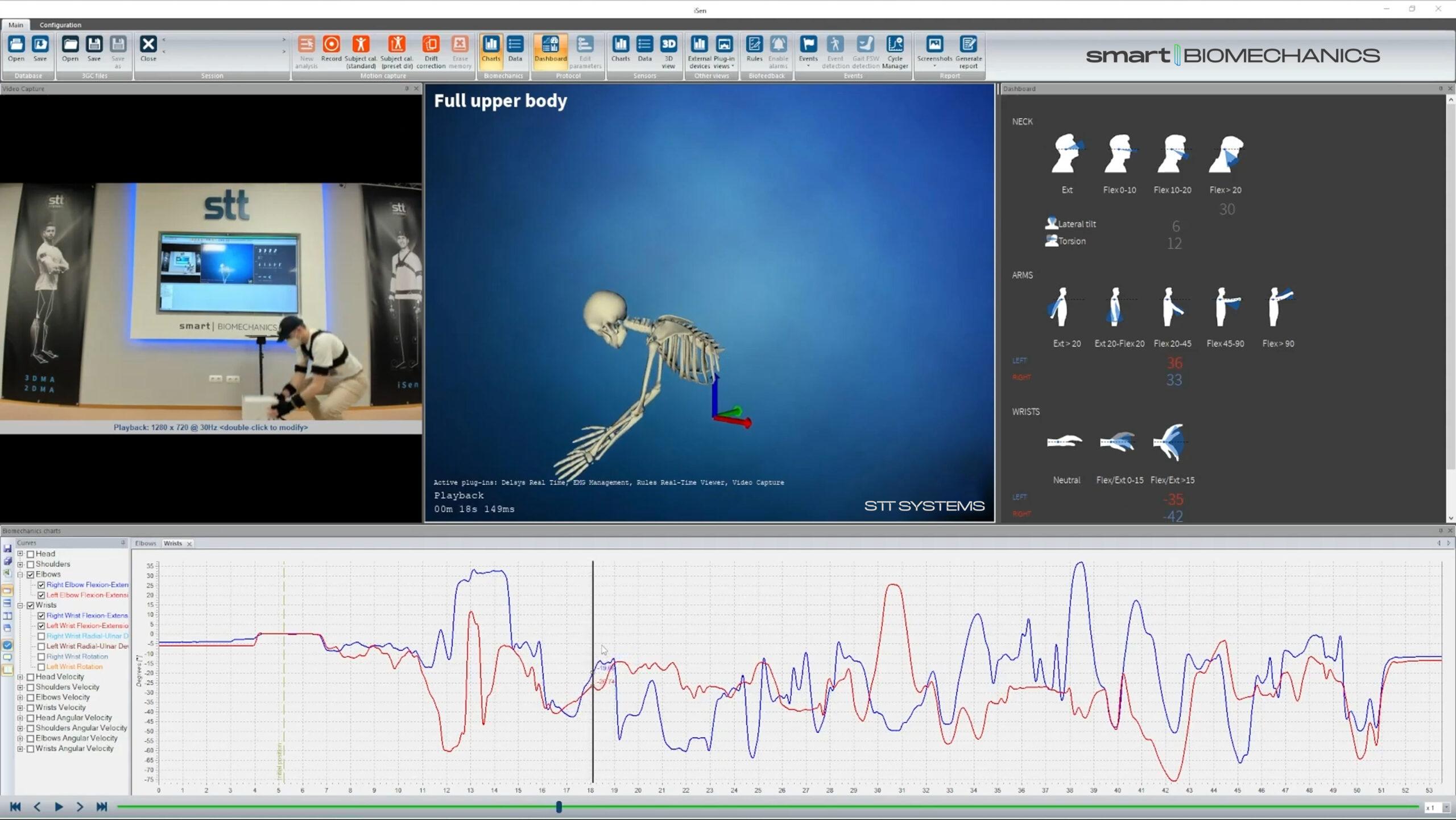Ensuring that a workstation is ergonomically designed is critical for maintaining the health and safety of workers. One way to evaluate the ergonomic design of a workstation is through the use of inertial sensors and biomechanical analysis. These tools provide objective data that can be used to identify potential risks and make adjustments to improve the ergonomics of the workstation.
Inertial sensors, such as accelerometers and gyroscopes, can be attached to different parts of the body to measure movement and posture. Biomechanical analysis software is then used to analyze the data and provide information about joint angles, muscle activation, and other biomechanical factors. This information can be used to identify ergonomic risk factors, such as awkward postures or repetitive movements, and to suggest adjustments to improve the design of the workstation.
Using these tools can help prevent work-related injuries, such as musculoskeletal disorders, and improve the overall health and productivity of workers. By analyzing the ergonomic design of workstations, employers can create safer and more comfortable working environments for their employees.
